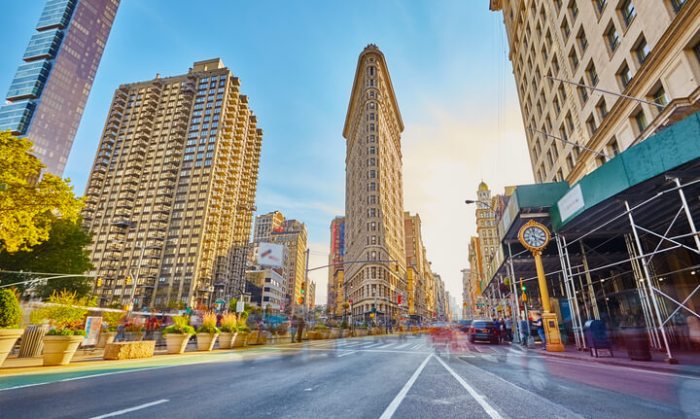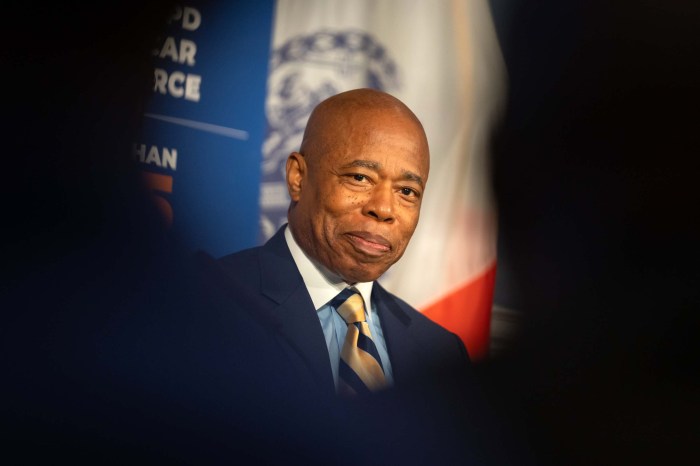The selection of Madelyn Wils as new chief executive officer of the Hudson River Park is great news. The 5-mile-long, waterfront park is the gem of the Lower West Side, but still faces major hurdles now and into the future, and Wils’s expertise will prove essential during this critical period.
Above all, Wils is a community person. She’s a longtime Tribeca resident who cares deeply about her community and the waterfront park, and has a long track record of activism.
As a Community Board 1 member in the 1990s, she worked on planning the Hudson River Park when there were charrettes made up of members from Community Boards 1, 2 and 4 to design park features like benches and lampposts. She was an early chairperson of the park’s Advisory Council.
Wils went on to be appointed an original board member of the Hudson River Park Trust, the park’s governing body, in 1998. She was a longtime chairperson of Community Board 1 — including during the devastating 9/11 attack and its arduous aftermath — plus was a former director of the Lower Manhattan Development Corporation, the post-9/11 rebuilding agency.
In short, wearing many hats, she’s been a leader in Lower Manhattan for many years through its growth, its darkest moment and its rebirth. And she’s been deeply involved in the Hudson River Park and waterfront issues.
Wils is now leaving her executive position at the city’s Economic Development Corporation to return to the park. At E.D.C., she worked on Coney Island’s redevelopment, and also recently spearheaded the agency’s efforts in working with Community Board 3 and stakeholders to craft development guidelines for the long-stalled Seward Park Urban Renewal Area. A tremendous success, the SPURA process broke a decades-long impasse, reaching a consensus on the amount of affordable housing, among other thorny issues.
It’s this sort of bottom-up, community-led approach we expect Wils to bring to the Hudson River Park, which, we think, is the only way that intractable issues like Pier 40 and the park’s ongoing funding will be solved.
At times, that belief in community input has been missing, or not as strong as it should have been, at the Trust. Notably, mega-development plans for Pier 40, at West Houston St., such as The Related Company’s “Vegas on the Hudson” Cirque du Soleil plan, have been unacceptable to most community residents and park advocates, yet the Trust tried to push these plans through, until finally acceding to the opposition.
A bottom-up process is needed so that any future plans considered for Pier 40 mobilize the surrounding communities, and are both revenue generating and low impact on the pier itself and nearby areas. And a solution is needed or else this massive, critical structure will, literally, at some point, crumble into the river.
Other challenges include ensuring that the park, now about 80 percent complete, has sufficient funds to keep it operating and well maintained. Having Friends of Hudson River Park move from an advocacy role to a private fundraising role for the park is something we support. Similarly, we think a “park improvement district” that would collect a dedicated tax from residents and businesses near the park should be considered: After all, the park has increased nearby property values exponentially, so this would merely be a small way to repay the favor — while keeping the park and adjacent blocks in top shape.
Finally, the proposal for a Pier 40 conservancy still seems like a good one to us. Many of the parents whose children play or played sports on the pier are deeply committed to this iconic space.
The park’s challenges are many, but Wils is up to them. There’s no one better that we could imagine for this job.




































